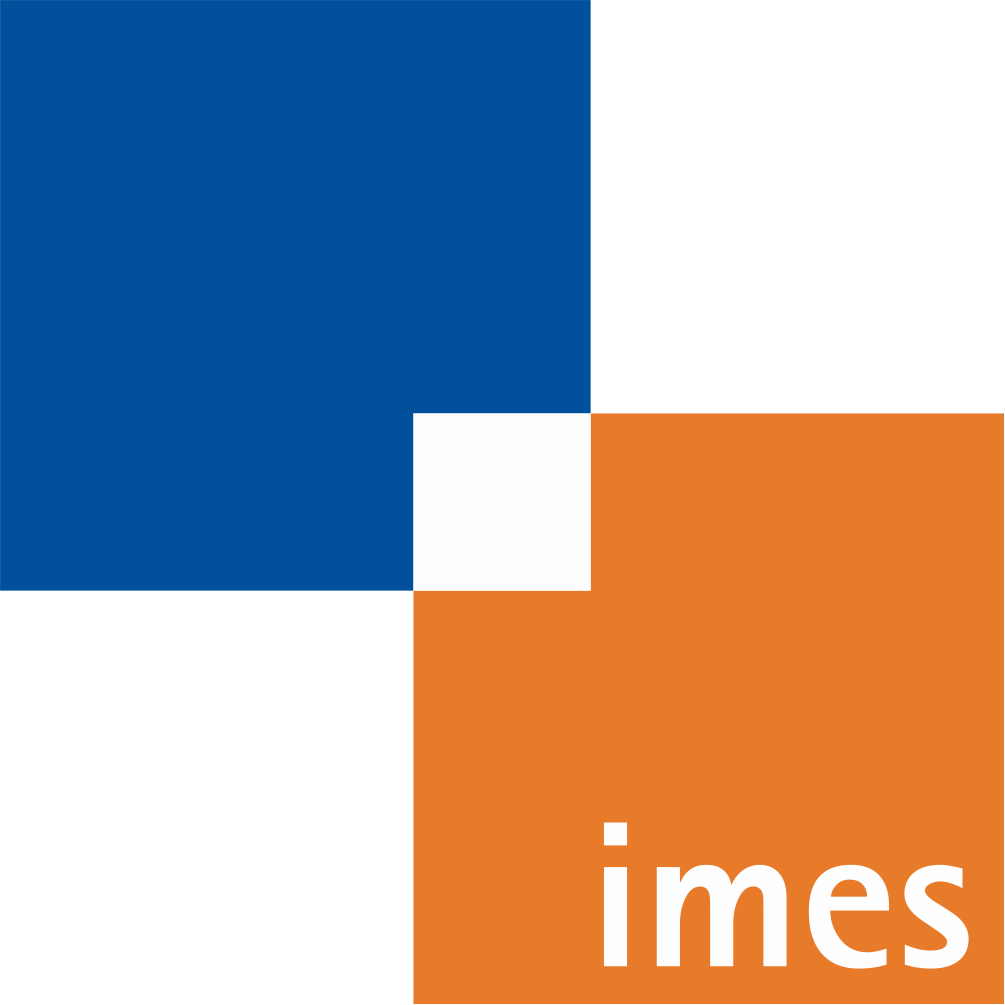Recurrent Inertial Graph-Based Estimator (RING)
A Single Pluripotent Inertial Motion Tracking Solution
- verfasst von
- Simon Bachhuber, Ive Weygers, Dustin Lehmann, Mischa Dombrowski, Thomas Seel
- Abstract
This paper introduces a novel ML-based method for Inertial Motion Tracking (IMT) that fundamentally changes the way this technology is used. The proposed method, named RING1 (Recurrent Inertial Graph-Based Estimator), provides a pluripotent, problem-unspecific plug-and-play IMT solution that, in contrast to conventional IMT solutions, eliminates the need for expert knowledge to identify, select, and parameterize the appropriate method. RING’s pluripotency is enabled by a novel online-capable neural network architecture that uses a decentralized network of message-passing, parameter-sharing recurrent neural networks, which map local IMU measurements and nearest-neighbour messages to local orientations. This architecture enables RING to address a broad range of IMT problems that vary greatly in aspects such as the number of attached sensors, or the number of segments in the kinematic chain, and even generalize to previously unsolved IMT problems, including the challenging combination of magnetometer-free and sparse sensing with unknown sensor-to-segment parameters. Remarkably, RING is trained solely on simulated data, yet evaluated on experimental data, which indicates its exceptional ability to zero-shot generalize from simulation to experiment, while outperforming several state-of-the-art problem-specific solutions. For example, RING can, for the first time, accurately track a four-segment kinematic chain (which requires estimating four orientations) using only two magnetometerfree inertial measurement units. This research not only makes IMT more powerful and less restrictive in established domains ranging from biomechanics to autonomous systems, but also opens its application to new users and fields previously untapped by motion tracking technology. Code and data is available here.
- Organisationseinheit(en)
-
Institut für Mechatronische Systeme
- Externe Organisation(en)
-
Friedrich-Alexander-Universität Erlangen-Nürnberg (FAU Erlangen-Nürnberg)
Technische Universität Berlin
- Typ
- Artikel
- Journal
- Transactions on Machine Learning Research
- Band
- 2024
- Seiten
- 1-30
- Anzahl der Seiten
- 30
- ISSN
- 2835-8856
- Publikationsdatum
- 2024
- Publikationsstatus
- Veröffentlicht
- Peer-reviewed
- Ja
- ASJC Scopus Sachgebiete
- Artificial intelligence, Maschinelles Sehen und Mustererkennung
